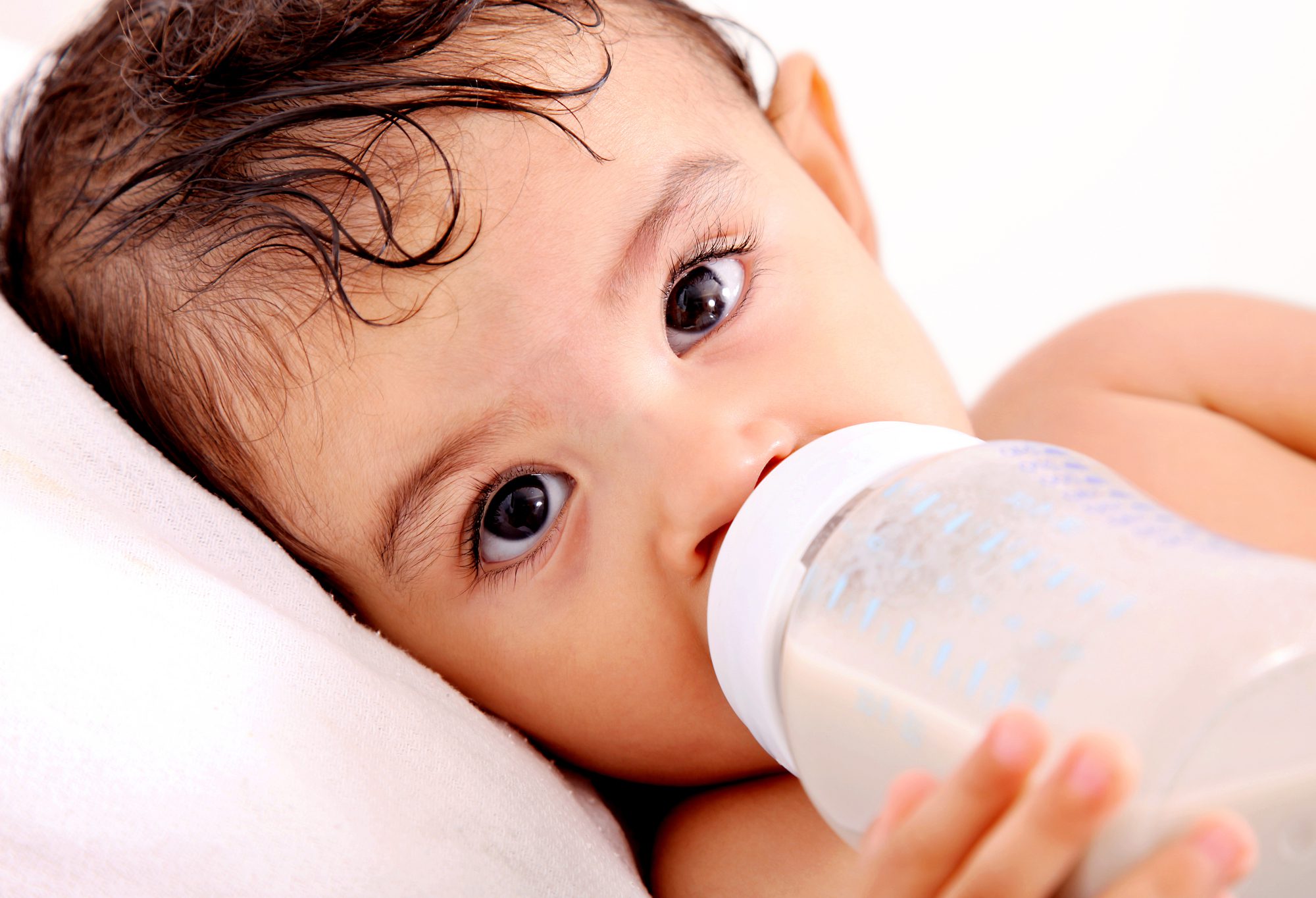Is there anything worse than seeing your child in pain? Unfortunately, accidents and unexpected things like toothaches happen. If your child has a toothache, it’s important to know what’s causing the toothache and how to find toothache relief. Your child can help you determine what’s causing the toothache by pointing out the source of the pain, but you’ll need to look for signs of trouble to figure out the underlying issue.
Some symptoms to look for include:
- Red gums
- Swelling
- Tooth discoloration
- A chipped or cracked tooth
- A loose tooth
- Food lodged between teeth
In most cases, you’ll need the help of a professional to diagnose the underlying cause. If your child is experiencing a toothache, call Smiles Dentistry 4 Kids in Overland Park, KS today. Dr. Matt and our friendly team are here to help your little one get back to normal, pain-free living.
What’s causing my child’s toothache?
Sometimes, the cause of a toothache is obvious. Has your child recently been hit in the face with a ball? Or fallen and chipped a tooth? Then you have your answer! Be sure to visit the dentist as soon as possible and take the proper steps to save the damaged tooth.
Other not-so-obvious causes of toothaches include:
- Tooth decay. Pain that persists for more than a day is likely caused by a cavity. Look for a yellow-brown mark on the back molars where cavities are the most common.
- Dental abscess. If your child describes throbbing and severe pain, he or she may have a dental abscess. Look for a pimple-like bump on the gum line, but an abscess may not be visible at all.
- Cracked enamel. A cracked tooth will be sensitive to hot and cold substances and is generally caused by biting on a hard object. Search all of your child’s teeth for a crack, but the crack may be below the gum line or not visible to the naked eye.
- Gum disease. Red, swollen gums are one of the first symptoms of gingivitis (the first stage of gum disease). If your child’s gums are bleeding after brushing and flossing, gingivitis is likely to blame. In some cases, gingivitis will clear up on its own with consistent and thorough brushing and flossing.
- Lodged food particles. Meat, popcorn, and other foods can lodge themselves between two teeth, causing pressure and pain throughout the mouth. Be sure to check your child’s teeth for remnants of food particles. Brush and floss their teeth to eliminate this possibility.
How can I help my child find toothache relief?
In many cases, a toothache only lasts about 24 hours. However, if your child has a cavity, it will like become a recurring issue. Here are a few ways to relieve your child’s toothache pain while you wait to visit a pediatric dentist:
- Floss. Remove any food particles that may be lodged between the teeth for immediate relief.
- Pain medicine. Over-the-counter medicines like Tylenol and ibuprofen can relieve pain temporarily or permanently.
- Ice. Place a cold pack or ice in a washcloth on the outside of your child’s face where the pain is coming from. Leave it there for 20 minutes.
- Salt water. Combine a teaspoon of salt and a small cup of water. Show your little one how to swish it around for 30 seconds, then spit it out.
Contact Our Pediatric Dentist in Overland Park
If your child is suffering from a toothache, please call our friendly dental team at (913) 685-9990 so we can determine the root cause and help your little one find permanent toothache relief as quickly as possible.


